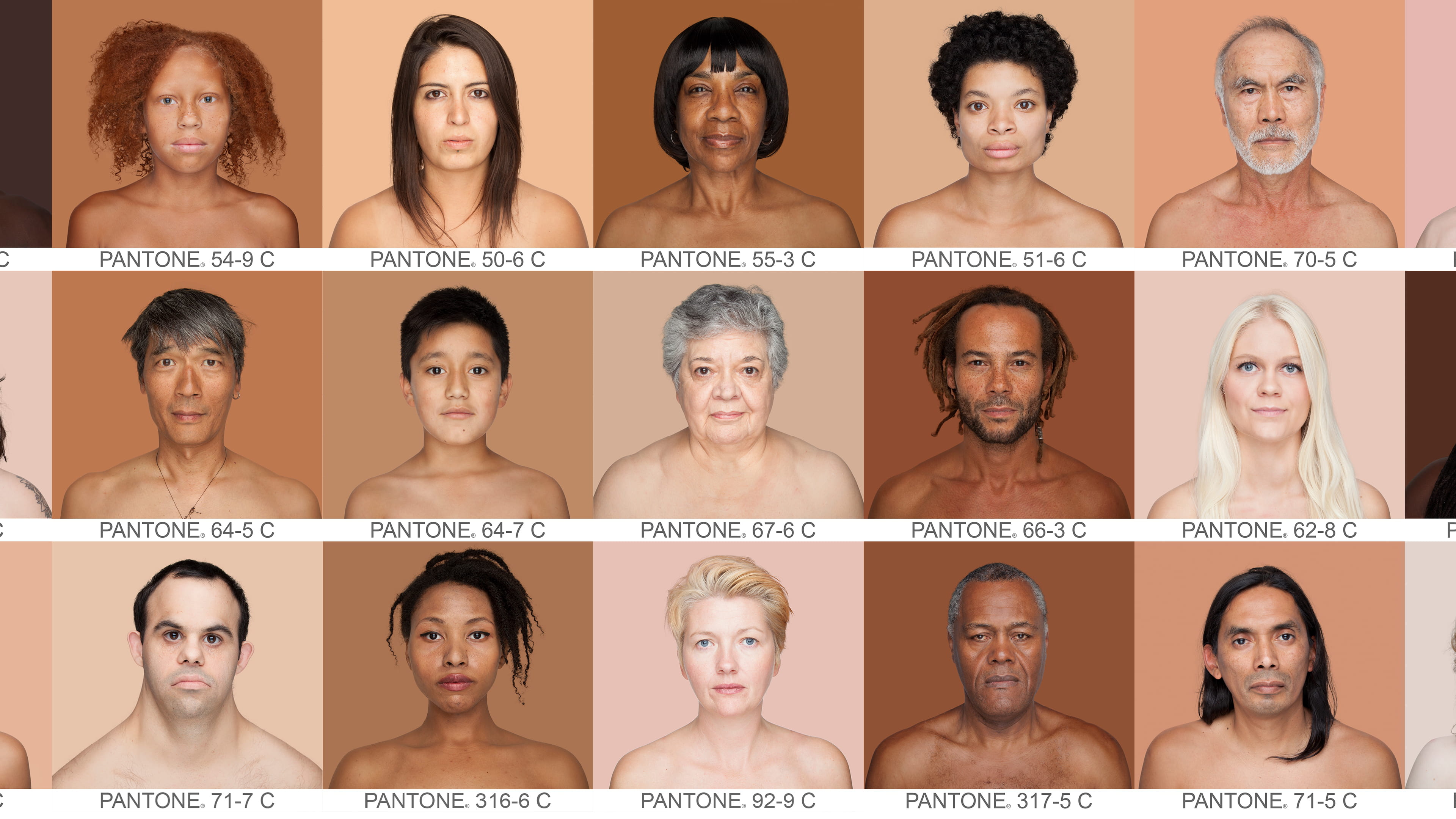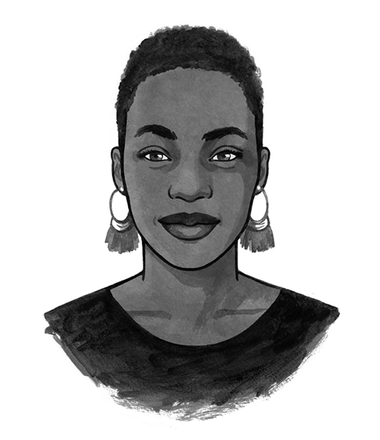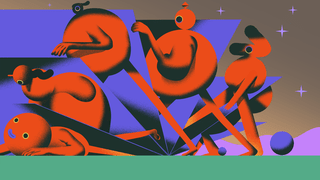In October, we launched our transnational book club, The Other Shelf. The idea was to bring members together to discuss books with transformative potential. After all, if a constructive approach to the news can shift perspectives, so can shared literary experiences.
For our first book selection, we focused on the subject of death and dying. Out of more than 80 recommendations made by members, I chose The Land of Open Graves: Living and Dying on the Migrant Trail by Jason de León, which inspired my investigation into anti-immigration ideologies as a colonial legacy.
As part of my investigation into the possibilities that death presents for highlighting shared life experiences, I became interested in the types of deaths that can be reduced to simple statistics. Maternal mortality is one example. If death can provide insights into structural discrimination, perhaps we can also glean some knowledge from people’s experiences of bringing life into the world.
According to the World Health Organisation, maternal mortality is "the death of a woman while pregnant or within 42 days of termination of pregnancy, irrespective of the duration and site of the pregnancy, from any cause related to or aggravated by the pregnancy or its management but not from accidental or incidental causes".
Pregnancy and childbirth can also result in other undesirable outcomes. In El Salvador, the criminalisation of abortion is linked to the incarceration of women who have miscarried or delivered stillborn children.
In Nigeria, the 2016 death of a fashion designer highlighted the global phenomenon of "hospital detention". After the successful delivery of her baby via caesarean section, Folake Oduyoye was unable to pay her medical bill. Her husband claims that the hospital held her without care until she died of sepsis.
And for people whose gender identity or sexual orientation places them in the minority, pregnancy and childbirth can be very fraught. According to Mari Greenfield, an honorary research associate at the University of Hull, "the physical and mental health needs of pregnant lesbians and trans men are hugely understudied, and so poorly understood". In one instance, this lack of understanding ultimately resulted in the death of a baby.
For the next book selection, I would like members to recommend literature on the physical, social and other impacts of pregnancy and childbirth. Recommend books by experts, mothers and other birth parents, and writers ruminating on the realities of pregnancy today.
In January, I’ll announce the chosen book, and we’ll come together to discuss the lessons we can learn from the simple (or not so simple) process of bringing life into the world.
Dig deeper
 The stick figure on the door: unconscious ways we exclude each other
Difference is innately human. Indignity and discrimination are not. We need to be able to recognise what makes a person distinctive, without losing sight of what we all share.
The stick figure on the door: unconscious ways we exclude each other
Difference is innately human. Indignity and discrimination are not. We need to be able to recognise what makes a person distinctive, without losing sight of what we all share.


